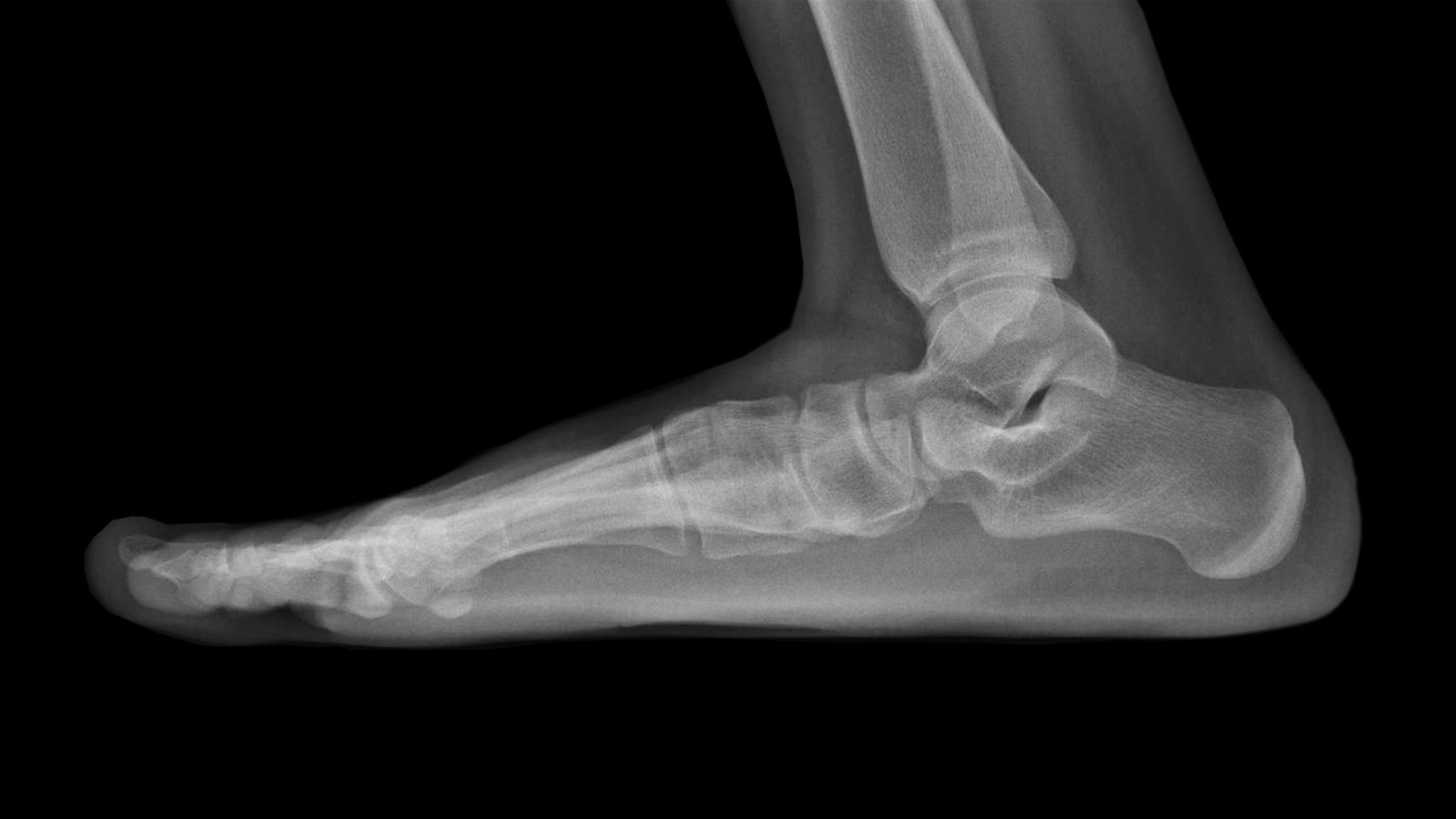Ankle/Toe Fusion
Ankle/Toe Fusion, also known as arthrodesis, is a surgical procedure that involves permanently joining (fusing) the bones in a joint. This procedure is typically used to relieve pain and restore stability in joints affected by severe arthritis, deformities, or significant injury. By fusing the bones together, the joint is immobilized, which can significantly reduce pain and improve function.

Why Might You Need Ankle/Toe Fusion?
Ankle/Toe Fusion may be recommended if you experience:
- Severe Arthritis: Chronic pain and inflammation in the ankle or toe joints due to osteoarthritis, rheumatoid arthritis, or post-traumatic arthritis.
- Joint Deformities: Congenital or acquired deformities that impair function and cause pain.
- Instability: Unstable joints that affect mobility and cause discomfort.
- Severe Injury: Significant trauma to the joint that cannot be repaired through other means.
- Failed Prior Treatments: Persistent symptoms despite conservative treatments such as medications, injections, or physical therapy.
What Are the Steps in a Ankle/Toe Fusion Procedure?
Preoperative Preparation
- Medical Evaluation: Comprehensive review of your medical history, symptoms, and previous treatments.
- Physical Examination: Assessment of the affected joint to determine the extent of the damage or deformity.
- Diagnostic Imaging: X-rays, CT scans, or MRI to visualize the joint condition and plan the surgery.
- Informed Consent: Detailed discussion of the procedure, potential benefits, and risks.
During the Procedure
- Patient Positioning: You will be comfortably positioned to allow easy access to the surgical site.
- Anesthesia: General or regional anesthesia is administered to ensure you are comfortable during the procedure.
- Incisions: Surgical incisions are made to access the joint.
- Joint Preparation: The damaged cartilage is removed from the joint surfaces.
- Bone Fusion: The bones are positioned correctly and secured together using screws, plates, or rods.
- Bone Grafting: In some cases, bone grafts may be used to aid the fusion process.
- Closure: The incisions are closed with sutures or staples, and a sterile dressing is applied.
Postoperative Care
- Observation: Monitoring in the recovery area to ensure no immediate complications arise.
- Pain Management: Medications and techniques for managing postoperative pain and swelling.
- Immobilization: Cast, splint, or brace to protect the area and support the fusion process.
- Activity Guidelines: Instructions on caring for the surgical site and guidelines for gradually resuming normal activities.
Recovery and Rehabilitation
Postoperative Care
- Follow-Up Appointments: Scheduled visits to monitor healing, remove sutures or staples, and assess the fusion progress.
- Pain Monitoring: Keeping track of pain levels and any changes in symptoms to guide further treatment.
- Physical Therapy: Rehabilitation exercises to restore strength, flexibility, and mobility in the surrounding areas.
- Gradual Return to Activities: Progressive return to daily activities and work as guided by your healthcare provider.
Potential Complications
While Ankle/Toe Fusion is generally safe, potential complications can include:
- Infection: Risk of infection at the surgical site.
- Nerve or Vascular Injury: Rare but possible risk of injury to nearby nerves or blood vessels.
- Nonunion: The bones may fail to fuse properly, requiring additional treatment.
- Hardware Issues: Problems with the fixation devices, such as loosening or irritation.
- Stiffness or Swelling: Temporary increase in stiffness or swelling following the procedure.
Benefits of Ankle/Toe Fusion in Podiatry
- Pain Relief: Significant reduction in joint pain and discomfort.
- Improved Stability: Enhanced stability in the fused joint, leading to better function.
- Permanent Solution: Long-lasting relief from symptoms with a permanent fusion.
- Restored Function: Improved ability to perform daily activities without pain.
- Enhanced Quality of Life: Increased overall well-being and ability to engage in physical activities.
Find a Doctor
Podiatry
Genesys Surgery CenterLivoniaView all

